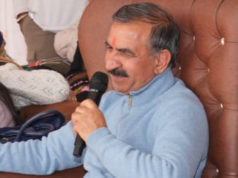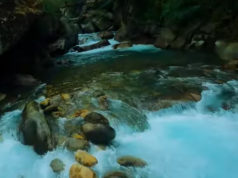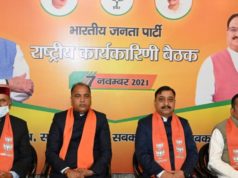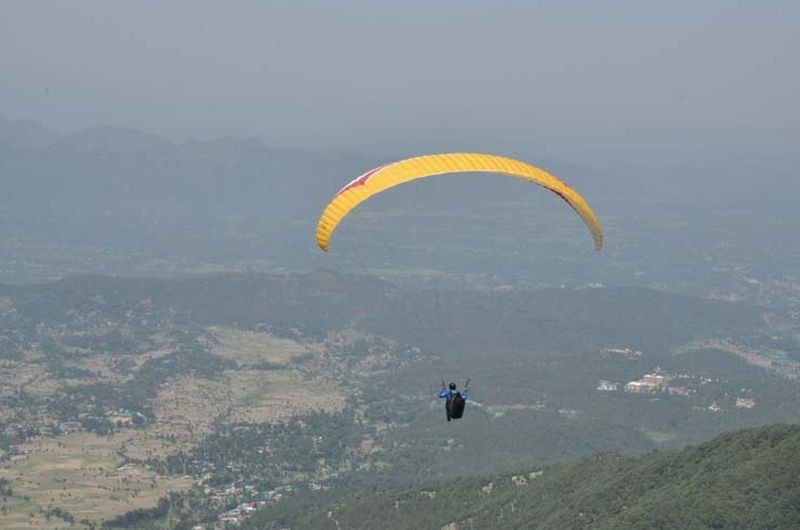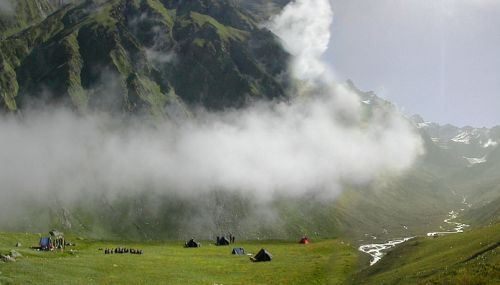
The Great Himalayan National Park (GHNP) was poised to be on the UNESCO World Heritage Site soon as the nomination of the same had been accepted and evaluation process was likely to take place early next year. Chief Minister Prem Kumar Dhumal said it in the 5th Wild Life Board Meeting held here under his Chairmanship.
Chief Minister said that presently there were 33 Wild Life Sanctuaries, 2 National Parks spread over an area of 7,161 kms., and rationalization process of the same was in progress to take inhabited areas out of the purview of the Wild Life Sanctuaries. He said that rationalization process was nearing completion and would take 1.5 lakh populations of 775 villages out of the sanctuary area which had been a pressing demand of the villagers falling in the area.
The National Park with an area of 754 sq. km. is located in Kullu District and has the representative area of temperate and alpine forests of Himachal. It has some the virgin coniferous forests of the State. Vast areas of alpine pastures and glaciers cap this park. This area has many important wildlife species of Western Himalayas, like Musk deer, Brown bear, Goral, Thar, Leopard, Snow leopard, Bharal, Serow, Monal, Kalij, Koklas, Cheer, Tragopan, Snow cock etc. Trekking of Rakti-Sar, origin of Sainj river and camping in alpine pastures is unforgettable. Similar is the trekking route to Tirath the origin of Tirthan river. Visitors can contact Director, Great Himalayan National Park at Shamshi or Range Officer wildlife at Sainj or Range Officer Wild Life at Sai Ropa (Banjar) for assistance and guidance. Camping equipment and guides are provided by the Forests Department.




